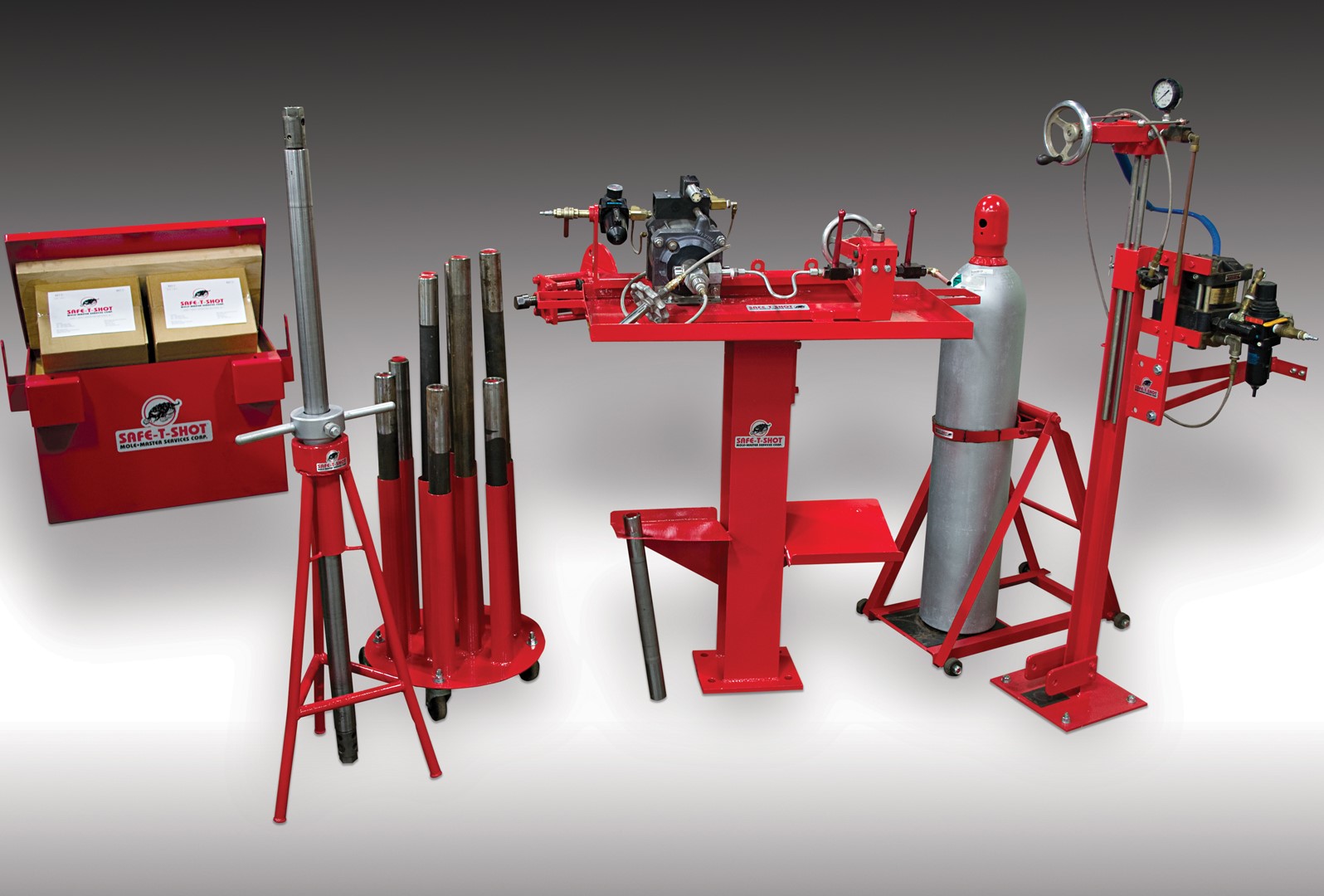Ever faced a silo so packed it’s like the whole operation’s stuck in quicksand? I’ve stood there, coffee cold, swearing at the mess. At Molemaster.com, we perfect silo cleanup solutions every day—been at it since that rusty rig out back was new. For starters, the right tools don’t just unclog. They keep your plant humming, your crew safe, and your budget intact. So, let’s dive into what makes a cleanup click.

What Shapes Your Cleanup Game?
Silos act like finicky pipes—every kink changes the fix. Big or small, flat or steep, grain or cement—each one’s a puzzle. For instance, I once tackled a grain silo so wide and flat it felt like sweeping a parking lot—took serious gear to tame it. Then, a skinny coal cone’s a different beast altogether. What’s inside shifts things, too—hydrated lime fights harder than pet food. Besides, discharge setups—air slides or truck loadouts—tweak how gunk flows out. Match the tool right, or you sink fast.
Silo Cleanup Solutions That Pack a Punch
So, what’s our lineup? First off, we roll out some heavy hitters that make silo clearing a breeze.
Whip Up Silo Cleanup Solutions
The Junior 360™ Whip rocks—spinning chains knock buildup loose from outside. No crawling in, just results. I’ve seen it turn a caked silo into a clean slate in no time—pure hustle.
Drill Through Silo Bridging
When silo bridging stalls you like rush-hour traffic, the Arch•Master™ Drill steps up. It bores through—call it a silo chiropractor cracking kinks. Been there, drilled that.
Blast with CO₂ Cleanup Tools
Need teeth? The Safe-T-Shot™ CO₂ Blaster hits hard—25,000 psi of gas blasts coal or lime without sparks. Once cleared a cement silo so crusty it’d make you wince—worked like a charm.
Why Skimp on Silo Cleanup Solutions?
Here’s the deal: cheap silo cleanup solutions cost more than they save. Grainnet notes sloppy cleaning triggers a chunk of silo breakdowns—think spoiled loads or cracked walls. Plus, OSHA’s confined space rules push non-entry tools for a reason—safety matters. On the flip side, our gear keeps risks low. Why gamble when you can win?
Silo Stumping You? Let’s Solve It
Anyway, with top-notch silo cleanup solutions, you don’t just clean—you crush it. Got a mess driving you nuts? For real, hit molemaster.com or call 1-800-322-6653. We’ll swap tales over coffee and sort it out—peek at Grainnet for more industry dirt, too.

